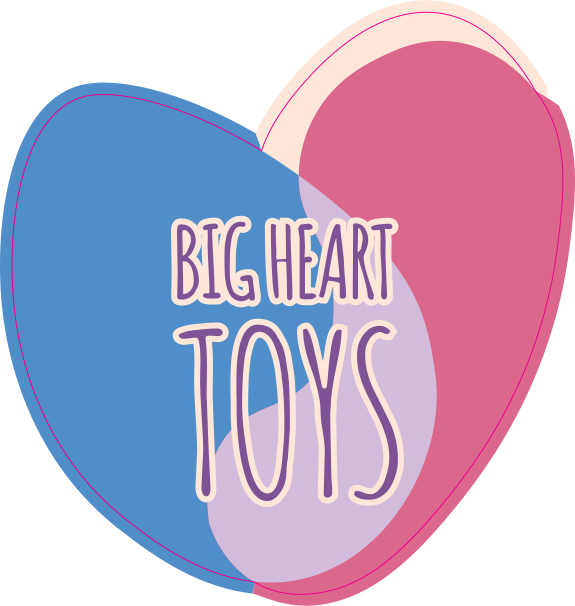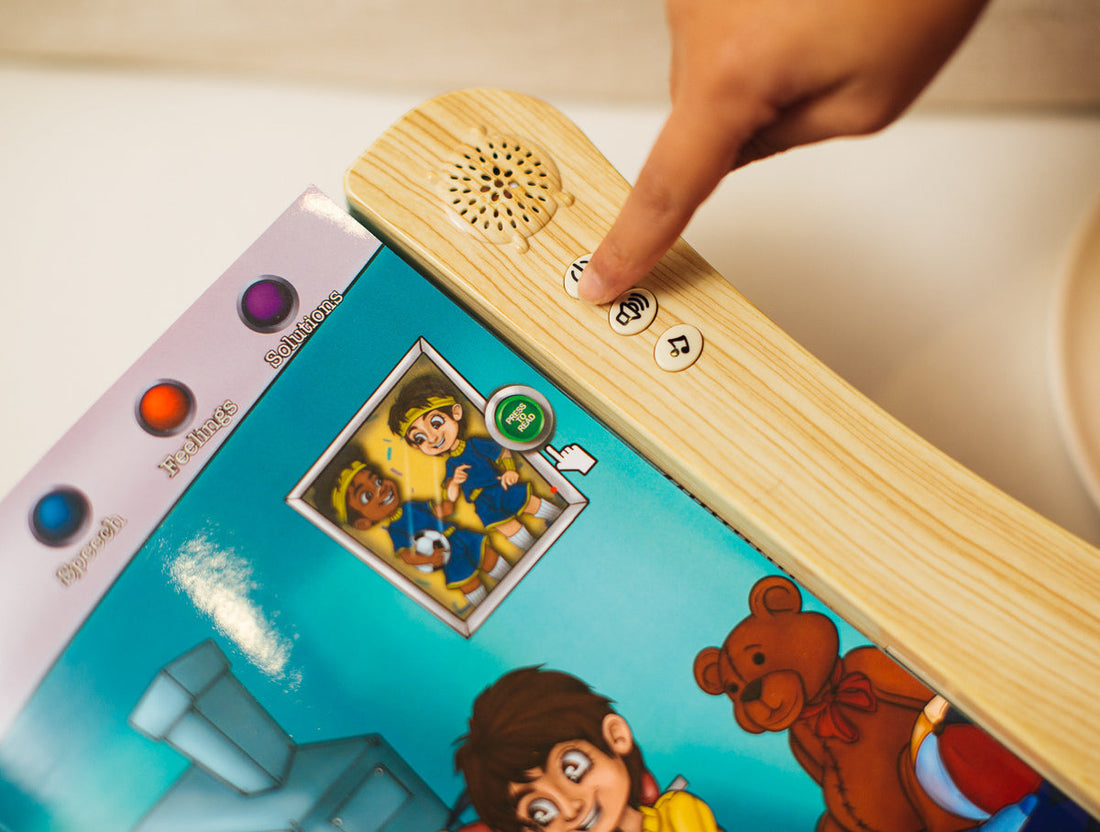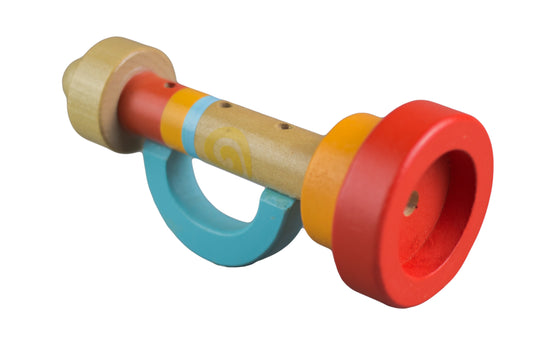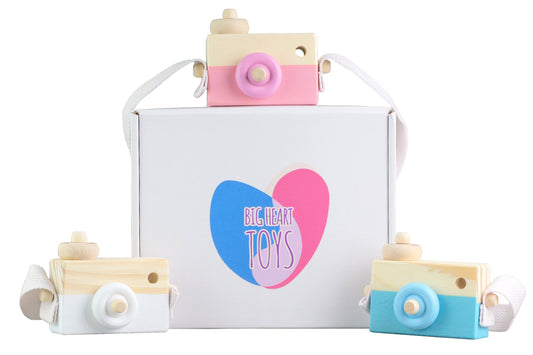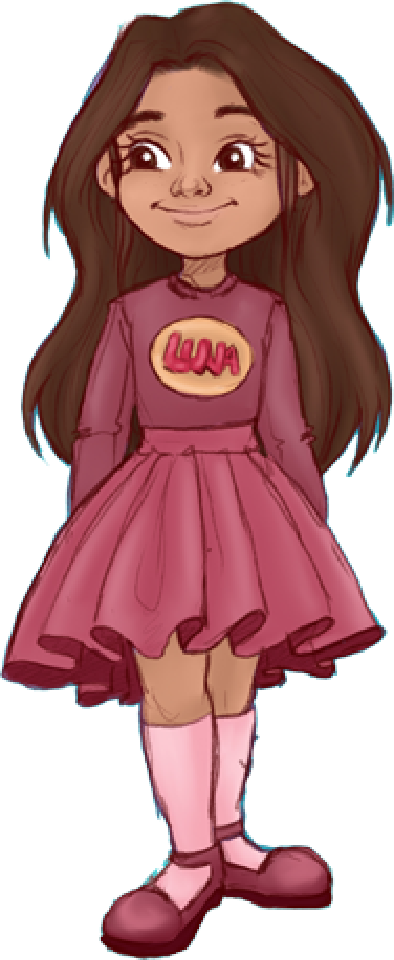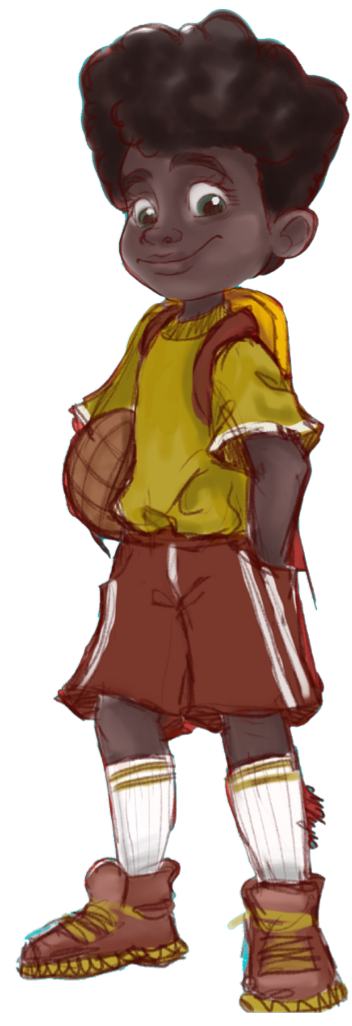Whether you’re searching for rainy day activities or simply want to keep your little ones entertained and engaged, we've got you covered. From sensory play to creative arts and crafts, these carefully-selected, easy indoor activities are designed to stimulate your toddler's or preschooler’s imagination, encourage their development, and provide hours of joy.
Why Play Matters
Play is not just a frivolous pastime; it’s a fundamental aspect of a child's development and well-being. Play matters because it’s a powerful tool for learning, exploration, and self-expression.
Through play, children develop their cognitive, physical, social, and emotional skills. It allows them to make sense of the world, solve problems, and experiment with different ideas and roles. Play also fosters creativity, imagination, and critical thinking, enabling children to approach challenges with innovation and flexibility.
Recognizing the importance of play and incorporating it into your lives can play a notable role in a young person’s development and happiness.
Sensory Play

Sensory play refers to activities that engage a child's senses to explore and learn about the world around them. It provides opportunities for children to participate in open-ended, hands-on experiences stimulating sensory receptors. Sensory activities can play a major role in a child's development.
Sensory playtime encourages curiosity, problem-solving, and creativity as children actively explore and experiment with various materials, textures, and sensory inputs. It offers a rich and meaningful way for children to process information, understand cause-and-effect relationships, and develop a deeper understanding of the world around them.
1. Paint Ice Cubes
Painting ice cubes can be a fascinating and sensory-rich indoor activity idea for toddlers. First, gather your needed materials:
- Ice cube trays
- Water
- Washable paint
- Small paint brushes
- Waterproof surface or tray
While the ice is freezing, lay out a waterproof surface or tray to contain any potential mess.
Place the ice on a waterproof surface (it may make a mess when melting). To better contain it, put the ice cubes in a disposable bowl or Tupperware container.
Allow your child to begin painting the ice cubes and creating their masterpiece. Watch as the ice cubes melt and mix the colors together, creating beautiful patterns. Encourage your toddler to explore a range of painting techniques, such as dabbing, dragging, or swirling the ice cubes.
Engage their senses: as they paint, talk to your toddler about the colors, how the ice cubes feel, and the changes they observe as the ice melts. Let them touch and explore the ice cubes with their hands if they wish.
If you want to turn this into a permanent art project, let your growing artists paint the ice on top of a thick cardstock piece of paper. The colorful, watery design left behind will be their prideful masterpiece.
- Adult supervision is essential during this activity to ensure safety and prevent the ice cubes from being put in their mouths.
2. Make Your Own Edible Play Dough
To make at-home edible playdough, gather the following materials:
- Flour (2.5 cups)
- Salt (1/2 cup)
- Cream of tartar (1 tablespoon)
- Vegetable oil (3 tablespoons)
- Water (2 cups)
- Food coloring (optional): A few drops of your preferred colors
- Flavor extracts (optional): Vanilla, almond, or other extracts for added scent and taste, or two packages of soft drink mix such as Kool-Aid
- Mixing bowl
- Saucepan
- Stove
- Spatula or wooden spoon for stirring
First, boil the water in a saucepan. Mix the flour, salt, cream of tartar, and flavor extract or Kool-Aid in a mixing bowl. Once the water is boiling, add the hot water and stir until dough-like texture.
Let the dough cool until you can touch it, and knead it into a light layer of flour. Your dough is ready for play and taste-testing!
3. Play With Sensory Bins
Sensory bins are excellent for indoor play. You can purchase a Collapsible Ocean Sensory Bin or Kinetic Sand Box or DIY your own. If you choose to make your own, round up these supplies:
- Container or bin: options include plastic bins or large baking pans
- A sensory base (rice, sand, small beads, pompoms, water/liquid)
- Small toys or items to put in the sensory base
- Optional: tools to engage motor skills (shovels, tweezers, etc.)
- Optional: mat or table cloth to go under for easy clean up
Sensory bins keep children engaged and busy while enhancing their sensory input. You can put nearly anything in a sensory bin or change them out for upcoming holidays and events.
The first step is choosing the theme for your bin. Then, add a layer for the sensory base at the bottom of the container. Mix in toys or items related to the bin’s theme. Your child can explore with their hands or use special tools to dig through and play in their sensory bin.
Note: Items like cotton balls are a lot easier to clean than rice, so if your busy toddler is still working on containing their “worksite,” larger additions work better.
Imaginative Play
Imaginary play, also known as pretend or imaginative play, involves children creating and acting out scenarios, roles, and stories using their imagination. It often involves props, costumes, and make-believe settings to bring their imaginative world to life. Imaginary play matters because it’s a crucial aspect of a child's cognitive, social, and emotional development.
Children engage in critical thinking, problem-solving, and language development through this form of play. They learn to negotiate roles, take on different perspectives, and practice empathy as they interact with others in imaginative play scenarios. Imaginary play also fosters creativity, self-expression, and self-regulation, allowing children to explore their thoughts, feelings, and ideas in a safe environment.
Imaginary play develops crucial cognitive, social, and emotional skills that lay the foundation for toddlers’ growth and well-being in a fun way.
4. Make-Believe Nature Photographer
You will need very few materials for this one: Grab some comfy shoes and dress weather appropriately. Grab a cute Camera Toy and head outside.
Go on a nature walk, spend quality time together, and pretend to snap photos of the wonderful things you observe together. Add depth to the game with specificity — are you explorers on the Amazon or the Antarctic? (Anything that can help children fill in the blanks might be useful here.)
5. Stuffed Animal Zoo

Children love to include their stuffed animals in play pretend. Collect the stuffed animals around your house and choose a room for your zoo. Encourage them to select different kinds of animals and create a variety of exhibits — from bears to hippos and even mythological creatures (hi, unicorns!).
Set up areas for each exhibit and practice sorting animals together based on unique characteristics in one room. When done, explore the zoo from your very own home!
Learning Activities
Learning activities play a significant role in early education. During the toddler years, children's brains are rapidly developing, making it a critical time for learning and acquiring new skills. Age-appropriate learning activities stimulate young ones’ cognitive, language, and problem-solving abilities.
It helps them develop essential pre-literacy and numeracy skills, laying the foundation for future academic success. Learning activities also promote fine and gross motor skills, coordination, and spatial awareness. Additionally, favorite activities foster curiosity, a love for learning, and a growth mindset, instilling a lifelong passion for knowledge and discovery.
Through structured learning activities, toddlers develop a sense of accomplishment, build self-esteem, and gain confidence in their abilities. Overall, learning activities promote holistic development, instill a love for learning, and prepare them for future educational milestones.
6. Practice the Pinch & Count Math Game
This adorable Pinch and Count Math Game enhances children’s foundational skills, working on counting, sorting, number identification, and fine motor skills. Generally, a three-year-old can do basic arithmetic (1 + 1 = 2), count to 20, and link numerals for number names (2 is two). However, if your child isn’t ready yet, that’s ok! Everyone develops at their own pace.
7. Read Books in a Pillow Fort

Gather these supplies:
- Pillows
- Blankets
- Interactive books
The memories of building a pillow fort together are priceless. While it may be difficult to give up control of the construction, let your child help manufacture the fort to allow them the freedom of creativity and building.
Once the fort is complete, spend some time reading and playing together and create priceless memories. Add some popcorn or a healthy snack. Time will fly in your pillow fort, and, as always, adult supervision is always recommended.
8. Set Up a Scavenger Hunt
- Notebook
- Writing tool (pencil, crayon, marker, etc.)
- Materials will vary based on the items you want to hunt for
A scavenger hunt works on problem-solving and critical thinking. Create a list of items your child can hunt for around the house (pots, band-aids, winter coats, etc.), and they get the task of searching, finding, and crossing off the list.
Motor Activities
Motor activities (also known as physical activities or gross motor activities) involve movements that engage large muscle groups and promote physical development and coordination in children.
Motor activities are important for several reasons: They contribute to developing gross motor skills, essential for everyday tasks like walking, running, and playing sports. Through motor activities, children develop strength, endurance, and coordination.
Motor activities boost cognitive development. Physical movement helps children understand spatial concepts, develop problem-solving skills, and improve focus and attention span. Motor activities provide opportunities for social interaction, teamwork, and communication, fostering the development of social and emotional skills.
9. Set Up a Pom Pom Drop / Ramp
Items needed:
- Toilet paper or paper towel rolls
- Painter’s Tape
- Pomp poms
- Bowls
Begin collecting toilet paper or paper towel rolls for your ramp. Once you have enough tubes, secure them to the wall with painter’s tape, creating a course for the pompoms to drop through. Set up a couple of drops or ramps with bowls at the bottom of each to catch the pompoms.
Now comes the best part — let your child play. They drop the pom poms down the ramp and see where they end up. To make this more challenging for little learners, color-coordinate the bowls with the pompoms and see if your child can successfully sort the pom poms into the correct bowls using the drop.
10. Build and Race in an Indoor Obstacle Course
To build and race in an indoor obstacle course, you’ll need the following items:
- Open space: Identify an area in your home with enough space to set up the obstacle course. This could be a living room, hallway, or a cleared-out room.
- Furniture or objects for obstacles: Arrange furniture, cushions, pillows, or other objects to create obstacles that participants need to navigate. Examples include crawling under tables, jumping over cushions, or maneuvering around chairs.
- Tunnels or tents: Set up play tunnels or pop-up tents to add exciting challenges to the course. These can be used for crawling through or going around.
- Balance beams or tape lines: Use tape to create lines on the floor for participants to balance on or walk along. Alternatively, if you have a balance beam or a sturdy board, you might incorporate it into the course.
- Hula hoops or cones: Place hula hoops or cones to mark specific spots or create stations where participants need to perform tasks or complete challenges (hello, dance party!).
- Timer or stopwatch: Use a timer or stopwatch to track the participants' race times and add a competitive element to the activity.
- Optional accessories:
- Jump ropes: Incorporate jump ropes for participants to jump over or skip along.
- Small balls: Set up targets or create a ball-rolling challenge.
- Tapes or ribbons: Hang tapes or ribbons as "laser beams" for participants to avoid or maneuver through.
- Pillows or crash mats: Provide soft landing spots for jumping or climbing obstacles.
- Cardboard boxes can be turned into raised steps, challenges to jump into, etc.
Once your course is set up and ready to go, start racing. Race against your child or set siblings up to race one another. This is a home-friendly game that will keep little ones busy for hours.
Conclusion: Big Fun for Your Little One
From sensory play to imaginative adventures, these carefully selected fun activities are designed to ignite toddler imagination, stimulate their senses, and foster their development. By engaging in these indoor activities, your toddler will embark on exciting journeys of exploration, creativity, and discovery. Not only will they have a blast, but they will also enhance their cognitive, motor, social, and emotional intelligence.
So, get ready to create cherished memories and enjoy quality bonding time with your toddler right in the comfort of your own home. Let the laughter, learning, and joy-filled moments begin!
CTA: Shop Big Heart Toys for sensory-friendly toys and games to enhance your indoor activities.
Sources:
What is Sensory Play and Why is it Important? | Action for Children
The Importance of Play for Young Children | NAEYC
Physiology, Sensory Receptors | StatPearls | NCBI Bookshelf
Colorful Homemade Playdough | All Recipes
Imagining, Creating and Play: Toddlers | Raising Children
Physical Activity and Cognitive Functioning of Children: A Systematic Review | PMC
